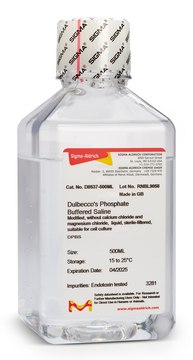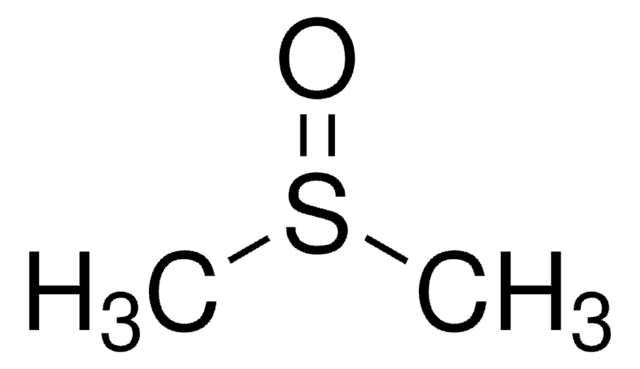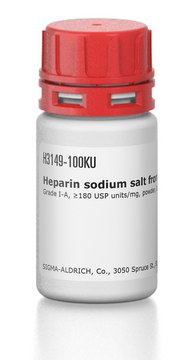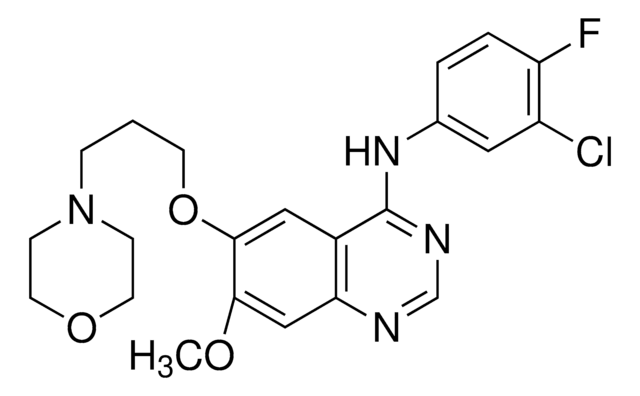323381
Hydrogen peroxide solution
contains ~200 ppm acetanilide as stabilizer, 3 wt. % in H2O
Sign Into View Organizational & Contract Pricing
About This Item
Empirical Formula (Hill Notation):
H2O2
CAS Number:
Molecular Weight:
34.01
Beilstein:
3587191
MDL number:
UNSPSC Code:
12352304
PubChem Substance ID:
NACRES:
NA.21
Pricing and availability is not currently available.
Recommended Products
vapor density
1.1 (vs air)
Quality Level
vapor pressure
23.3 mmHg ( 30 °C)
form
liquid
contains
~200 ppm acetanilide as stabilizer
reaction suitability
reagent type: oxidant
concentration
3 wt. % in H2O
3.0-4.0 wt. % (H2O2 basis with KMnO4, redox titration)
refractive index
n20/D 1.335
density
1 g/mL at 25 °C
storage temp.
10-30°C
SMILES string
OO
InChI
1S/H2O2/c1-2/h1-2H
InChI key
MHAJPDPJQMAIIY-UHFFFAOYSA-N
General description
Hydrogen peroxide solution is a significant commodity chemical with several uses in the fine chemical sector. H2O2 is also used in the chemical industry to produce fine and bulk compounds, as well as for the treatment of wastewater. It is an oxidizing agent, widely found in bleaching agents, cosmetics, detergents.
Application
Hydrogen peroxide solution is used as:
- An oxidizing agent along with the urea in the epoxidation of propylene using TS-1(titanium silicate-1) catalyst.
- An oxidizing agent in the oxidation of As(III) to As (V).
Still not finding the right product?
Explore all of our products under Hydrogen peroxide solution
Storage Class Code
12 - Non Combustible Liquids
WGK
WGK 1
Flash Point(F)
Not applicable
Flash Point(C)
Not applicable
Choose from one of the most recent versions:
Already Own This Product?
Find documentation for the products that you have recently purchased in the Document Library.
Conjugated linoleic acid is a preferential substrate for fatty acid nitration.
Bonacci G
The Journal of Biological Chemistry, 287(53), 44071-44082 (2012)
Yu Y, Correll PH, Vanden Heuvel JP
Biochimica et Biophysica Acta, 1581(3), 89-99 (2002)
Sanjay Basak et al.
Biochimica et biophysica acta, 1831(4), 834-843 (2013-01-29)
A number of studies have been carried out to examine the biological function of conjugated linoleic acid (CLA) and its potential health benefits. However, not much is known about how CLA isomers mediate their effect on angiogenesis and vascularization during









